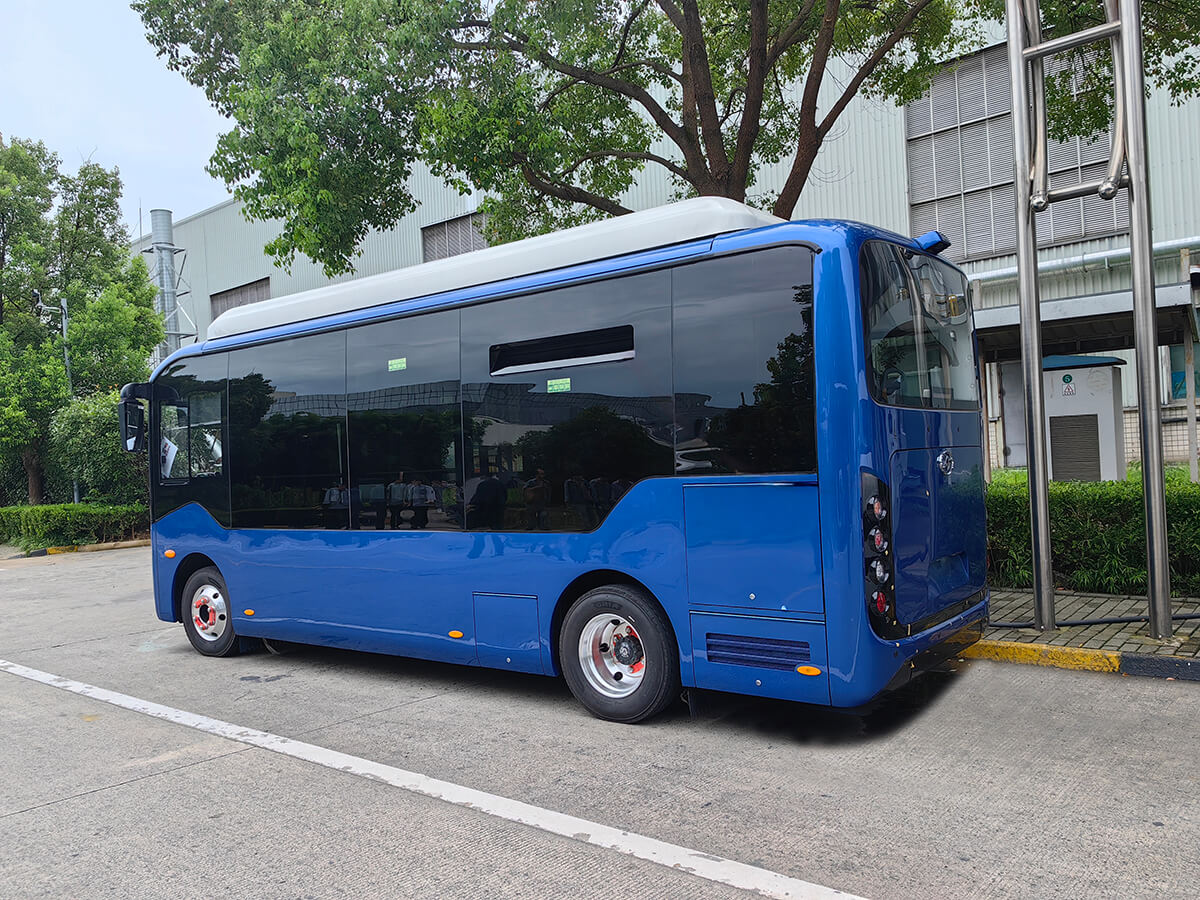The European Commission has released a major analysis of the market readiness for zero-emission heavy-duty vehicles, outlining what needs to happen in the next five years for Europe to meet its climate targets in the transport sector. From battery-powered city buses to long-distance hydrogen coaches, here’s a clear look at where we’re headed — and what’s still holding us back.
📈 What’s Coming by 2030?
-
Up to 108,000 zero-emission buses and coaches are expected across Europe by 2030, with a rapid scale-up between 2025–2030 (13,000+ vehicles/year).
-
In total, around 534,000 zero-emission heavy-duty vehicles (including trucks and buses) are projected, of which:
-
459,000 will be battery-electric (BEV)
-
74,000 will be hydrogen fuel cell vehicles (FCEV)
-
🔌 Technology Trends
Battery-electric technology is leading the charge:
-
59 models of BEV city buses are already available, offering ranges up to 700 km.
-
Only 3 electric coach models are currently on the market — revealing a clear technology gap for long-distance travel.
-
Hydrogen fuel cells are expected to play a niche role in intercity and long-haul applications.
🏗️ Infrastructure Challenges
The transition demands massive upgrades to Europe’s charging and fueling systems:
-
Estimated needs by 2030:
-
6.5 TWh of electricity
-
0.8 TWh of hydrogen
-
-
Charging infrastructure is still patchy, especially for heavy-duty vehicles on the TEN-T core network (key trans-European transport corridors).
-
Regulatory support, such as the AFIR regulation, sets minimum infrastructure targets for major roads and urban centers.
📜 Policy and Deadlines
The EU’s CO₂ standards are clear:
-
By 2030: 90% of new city buses must be zero-emission.
-
By 2035: 100% of new city buses must be zero-emission.
-
Coaches and intercity buses must reduce CO₂ emissions by:
-
45% by 2030
-
65% by 2035
-
90% by 2040
-
🚧 What’s Holding Back the Shift?
Despite progress, several critical barriers remain:
-
High upfront costs for zero-emission buses and infrastructure
-
Grid limitations and slow permitting for charging installations
-
Underdeveloped and expensive hydrogen infrastructure
To overcome these, the EC calls for:
-
Stronger cooperation between OEMs, fleet operators, and governments
-
Financial incentives (e.g. emission trading schemes, road pricing reform)
-
Accelerated permitting and harmonized standards across countries
Europe is entering a decisive decade for clean heavy-duty transport. The transition to zero-emission buses is no longer just a vision — it’s becoming a regulatory and industrial reality. But success hinges not just on vehicle supply, but also on building a charging and fueling ecosystem, reforming costs, and aligning market forces.
With a clear roadmap and the right support, Europe’s bus fleets could soon become one of the most visible signs of its green transition.
You can find more on EU projects 108,000 zero-emission buses and coaches by 2030 – Sustainable Bus





